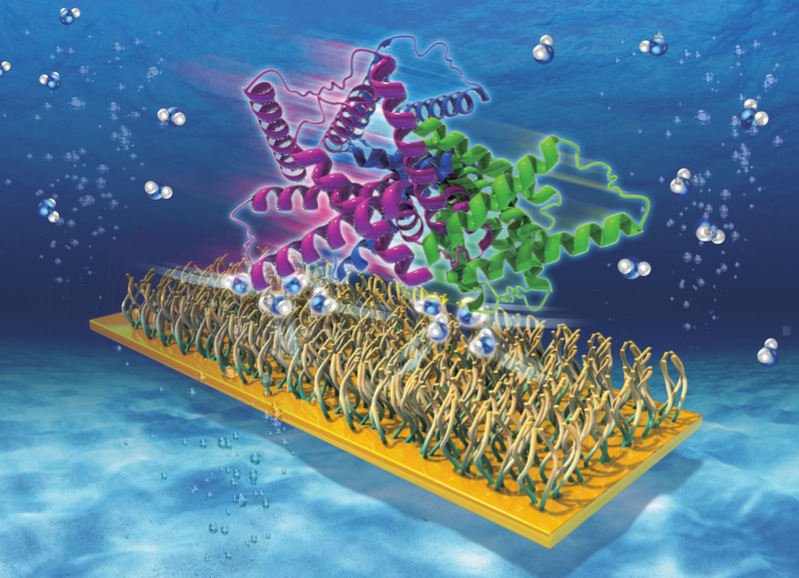The soft condensed matter and biophysics group (SCMBio) at Department of Physics conducts computational and experimental researches to explore the physical mechanism of a variety of soft matter and biological phenomena ranging from polymer brush to brain activity.
Current research directions at soft condensed matter and biophysics (SCMBio) group includes:
Computational Biophysics. Multiscale computational methods, including atomistic Molecular Dynamics (MD) simulation, Coarse-Grained (CG) modeling, Quantum Mechanics/Molecular Mechanics (QM/MM), are widely used to investigate the structure and dynamic behavior of biological molecules (e.g. protein, nucleic acid) as well as their responses to the environment. The interplay between biological molecule and environment is directly related to many life processes and leads to a series of biological effects of nanomaterials. In this direction, faculty member of SCMBio group conduct researches on structural stability of protein, the impact of nanomaterials on various biological molecules, the phase behavior of biological system.
Simulation and theory of polymers. Use the self-consistent field theory and coarse-grained particle simulations to study the self-assembly of block copolymers, to explore the formation of possible ordered structures and to design the molecular architectures of block copolymers. Use the simulation method to study the aggregation structure and dynamics behavior of polymers in complex system.
Adsorption of polymer: Adsorption is the adhesion of polymer onto the surface of another phase. The adsorption of polymer plays a role in many applications including: biomedical, structural, and coatings. It is important to understand the underlying physics of polymer adsorption. In this direction, faculty member of SCMBio group studies the nature of the adsorption transition, structure of adsorbed polymer on flat surface or nanoparticle, and the dynamical adsorption process using Monte Carlo (MC) and molecular dynamics (MD) simulations.
Nanopore translocation of polymer: The nanopore translocation is of potential technological applications, such as DNA separation and sequencing, controlled drug delivery, size exclusion chromatography, and structure detection. One of important topics in this field is to control the translocation of polymer through nanopore. In this direction, faculty member of SCMBio group studies the method to control the translocation of polymer chain (includes DNA and protein) through a nanotube and to distinguish different segments along the polymer chain using molecular dynamics (MD) simulation.
The faculty of soft condensed matter and biophysics (SCMBio) group includes: Feiyan Chen, Jingyuan Li, Mengbo Luo, Xiaowei Tang, Jianlan Wu, Linxi Zhang. For more details of the research activities at SCMBio, please consult the personal webpages of individual faculty members.


Add: No. 8 Hainayuan Building, Zijingang Campus, Zhejiang University, 866 Yuhangtang Rd, Hangzhou, 310027, P.R. China
Tel: +86-571-87953325
Fax: +86-571-87951895
Email: yongyi@zju.edu.cn